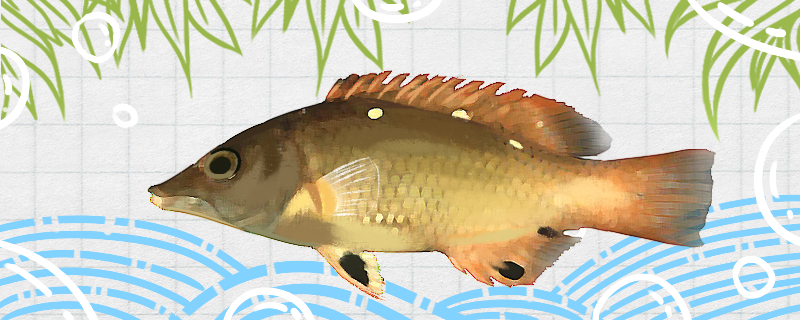
? When the yellow spot arowana grows into an adult fish, it will be about 20-25 cm long. In order to allow them to swim freely in the tank, you need to choose an aquarium with a slightly larger space. In addition, in their native habitat, there are many coral reefs, they will have the habit of hiding in the sand, so when raising, you can lay a layer of fine sand at the bottom of the tank to simulate their original ecological environment. Generally speaking, they are relatively adaptable and easy to raise.
yellow spot arowana 1. Water temperature: Yellow spot arowana not only accepts a small range of water temperature, but also is sensitive to changes in water temperature. Because of this, it is important to install a thermostatic system in the water tank. For them, it is more appropriate to keep the water temperature around 27-28 degrees Celsius.
2. Water quality: We need to pay attention to the fact that they are a kind of marine fish, so they cannot be raised in fresh water. This requires that the specific gravity of the water used in feeding should be between 1.002 and 1.023. In addition, the PH value of the water body reaches 8.0-8.5, and the hardness of the water body reaches 7-9, which is the most suitable water quality condition for their survival.
3. Feeding: They prefer to eat carnivorous bait. During breeding, frozen fish, shrimp, crab meat, tubificidae and other foods can be fed.